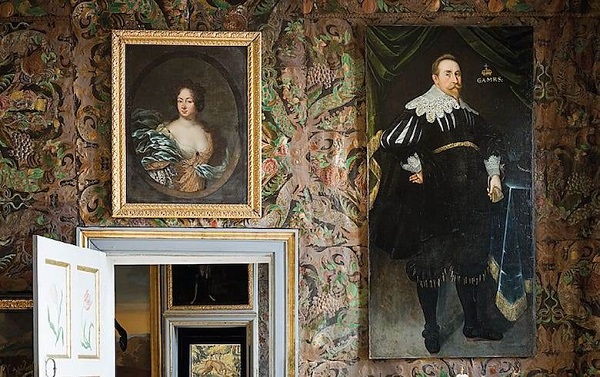7 February 2022
European industry body COTANCE and the Swedish Tannery Association have highlighted the use of leather in a Baroque castle between Stockholm and Uppsala as a good example of the material’s longevity, writes Leatherbiz.

Skokloster Castle/Erik Lernestål
In a newsletter at the start of February, COTANCE said consumers now have a responsibility to choose products that will last as long as possible, owing to shrinking resources and accumulating waste.
“Products that last longer help us to have a much lower environmental footprint because the environmental impact of their production is stretched over the duration of their use,” COTANCE added. “Longer-living products need materials that are reliable and age well.”
Its member organisation from Sweden was able to suggest wall-coverings at Skokloster Castle, built between 1654 and 1676, as a case in point. Gilt leather wall-hangings, commissioned for the state apartments in the popular tourist attraction, can still be admired after more than 350 years.
COTANCE explained that techniques for producing gilt leather wall-hangings began in North Africa and spread during the Late Medieval Period to Spain and the rest of Europe. It said the ones at Skokloster Castle represent a perfect example of leather’s longevity and sustainability.
我们为皮革、物料及时装业界创造面对面洽谈的机会,为客户缔造实质商机。我们云集世界各地的商家,让他们寻找新的合作伙伴,发掘潜在客户或供应商,并掌握业界最新发展。
我们主办多个专注时尚及生活潮流的商贸展览会, 为这不断变化的行业,提供最全面的买家及参展商服务,方便他们了解急速转变的行业环境,并预测来季趋势。

使用条款 | 隐私政策 | APLF 可持续发展